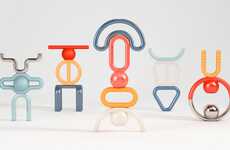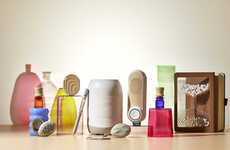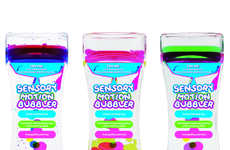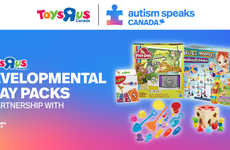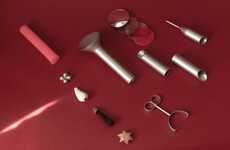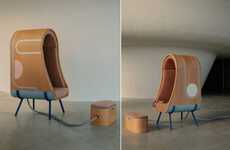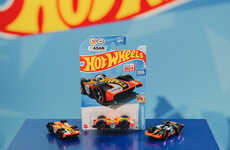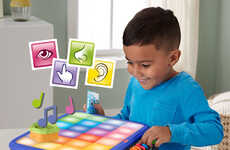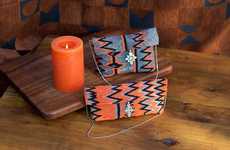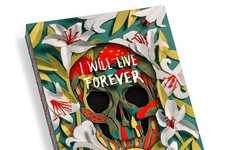
Paula Lorence Designed a Unique Range of 'Taktil Objects'
Paula Lorence is a graduate of the Riga School of Design and Art and she recently designed a collection of Taktil Objects to aid children with autism with their development of sensory perception. The capsule is comprised of 12 objects in total, using eight different types of materials to create a range of tactile senses when they are being touched. The objects are made to be used during therapy sessions to assist therapists in working with autistic youth. Touch and texture stimulate the senses to help children focus better and combat their respective sensitivities to overcome any anxieties.
The objects are segregated into three different levels -- those who are really sensitive, those who are more developed and those who have panic attacks. The Taktil pieces are constructed using materials including aluminum, cork, felt, bristle, composite silkstone, wood, silicone and translucent plastic.
The objects are segregated into three different levels -- those who are really sensitive, those who are more developed and those who have panic attacks. The Taktil pieces are constructed using materials including aluminum, cork, felt, bristle, composite silkstone, wood, silicone and translucent plastic.
Trend Themes
1. Sensory Stimulation - Disruptive innovation opportunity: Develop new sensory stimulation products for individuals with autism to enhance their sensory perception and aid in their development.
2. Therapy Session Tools - Disruptive innovation opportunity: Create innovative tools and objects for therapists to use during therapy sessions with autistic youth to improve their engagement and progress.
3. Multisensory Materials - Disruptive innovation opportunity: Explore the use of diverse materials and textures to create multisensory products for individuals with autism, enabling them to experience different tactile sensations.
Industry Implications
1. Healthcare - Disruptive innovation opportunity: Develop and market sensory stimulation objects and tools specifically for healthcare settings to aid in the therapeutic treatment of individuals with autism.
2. Education - Disruptive innovation opportunity: Collaborate with educators to design and implement sensory stimulation objects in classrooms to enhance the learning experience for children with autism.
3. Design - Disruptive innovation opportunity: Combine innovative design principles with sensory stimulation objects to create aesthetically pleasing and functional products for individuals with autism.
4.8
Score
Popularity
Activity
Freshness

